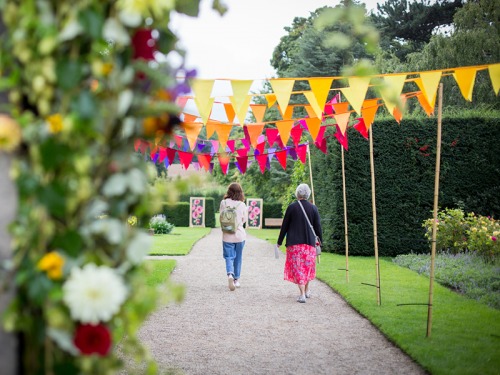Behind the Scenes of The Railway Children Return Set in this Yorkshire Village Starring Bernard Cribbins
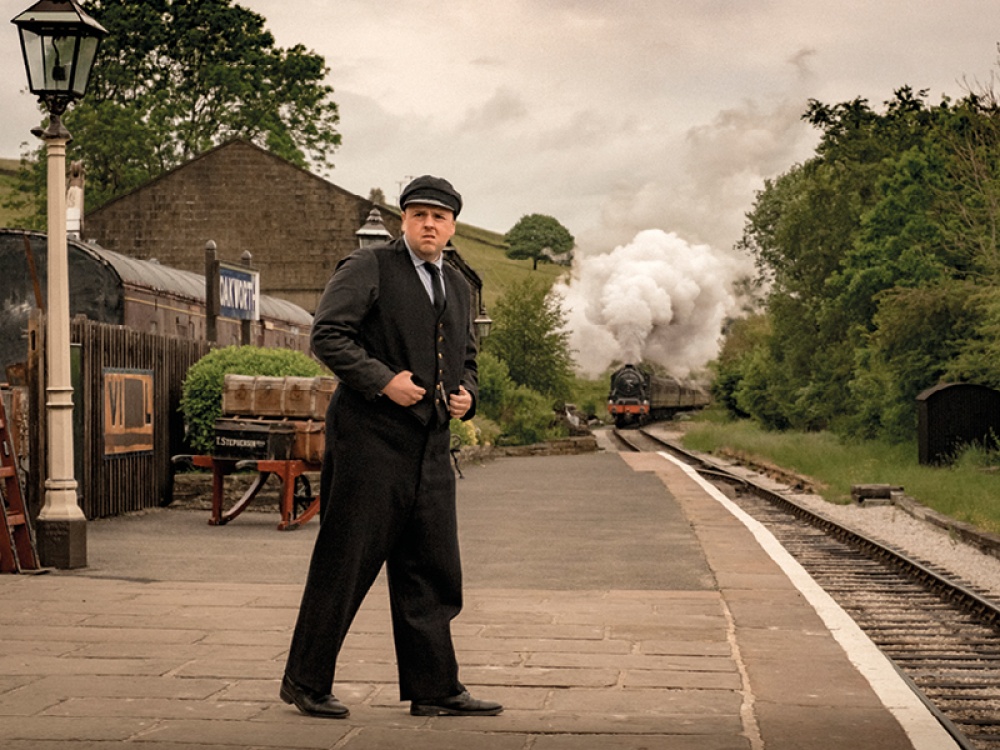
The Railway Children Return is out in cinemas so we take a look behind the scenes
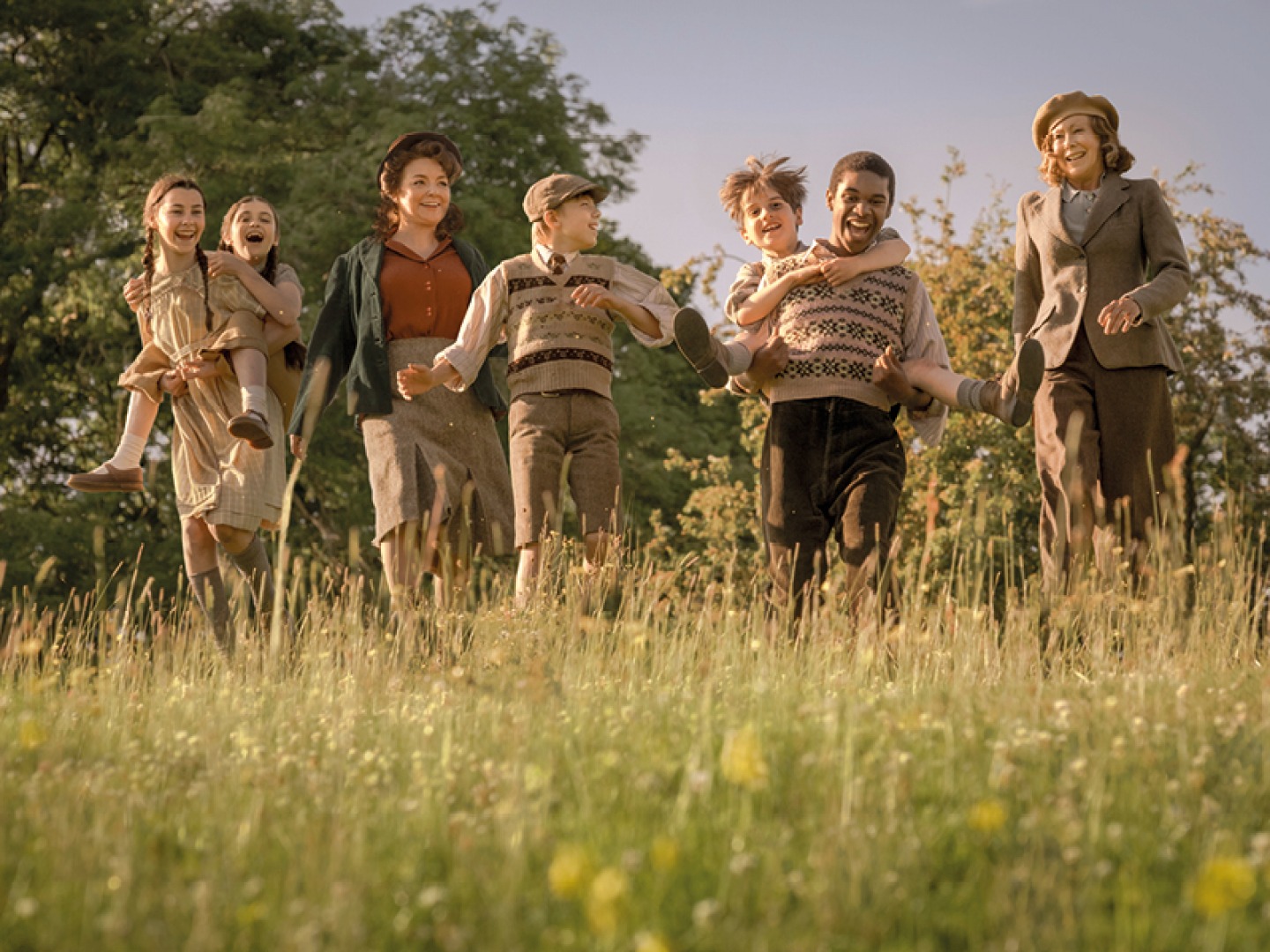
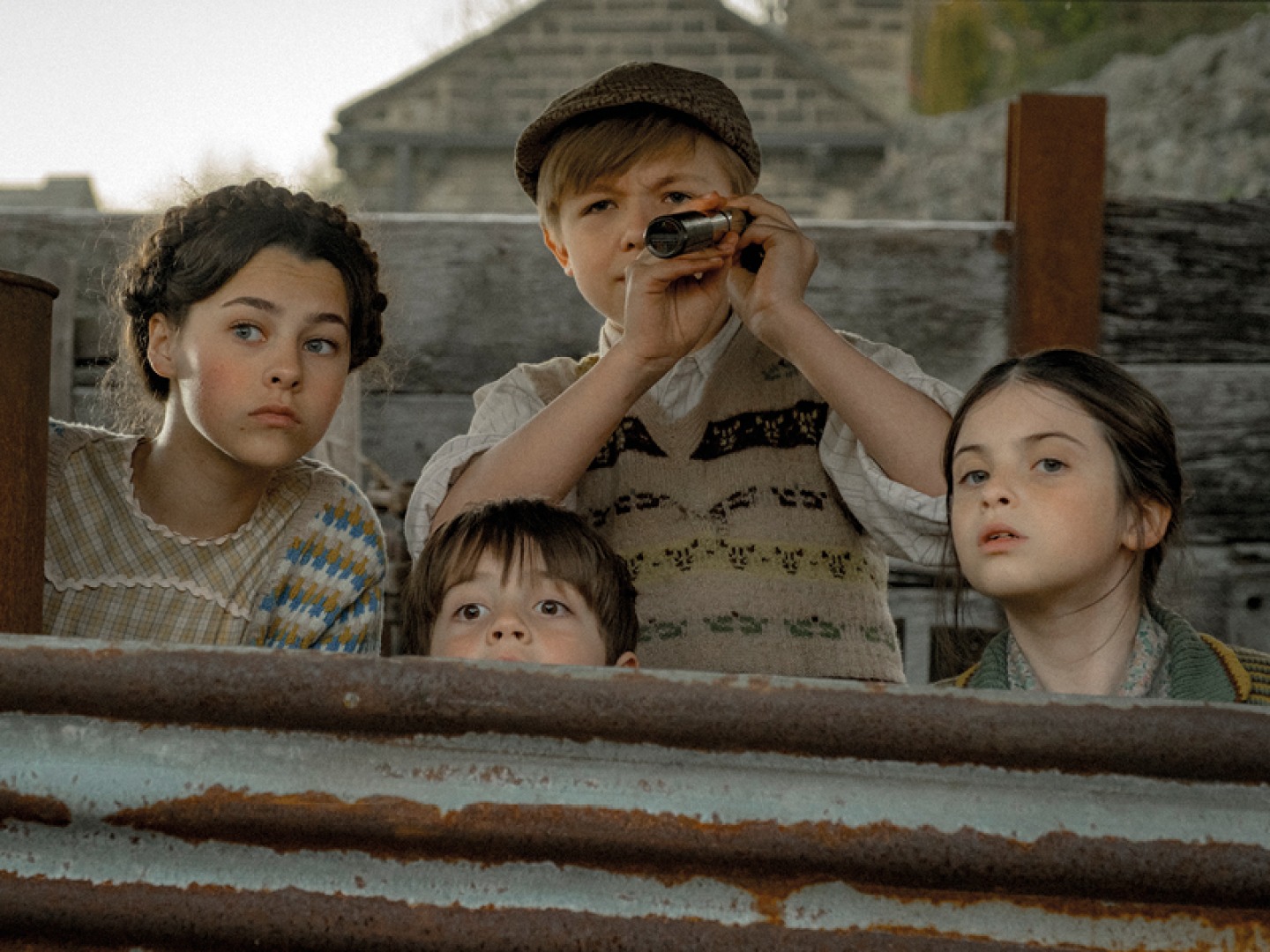
It’s 1944 and three evacuee children are sent by their mother from Salford to the Yorkshire village of Oakworth. There to meet them on the platform are Bobbie (Jenny Agutter reprising her iconic role), her daughter Annie (Sheridan Smith), and grandson Thomas. When the children discover injured American soldier Abe hiding out in the railway yard, a quest begins to help their new friend who, like them, is a long way from home.
It’s been half a century since the release of Lionel Jeffries’ The Railway Children. So why bring the story back to the screen? Well, that’s all down to Jemma. She’s been a TV producer for some time (starting out producing The League of Gentlemen and working with Victoria Wood) but this is the first feature film she’s produced, and the first time she’s created the idea for a film and written the story. ‘It’s really exciting and quite a big step for me,’ she explains.
‘One of our adopted daughters came home from primary school and she’d been learning about evacuee children. Because she was adopted and came to us by train, the whole notion of leaving a family and moving to another had a really profound emotional effect on her. I was trying to find films that might reflect her experience and I thought about The Railway Children of course because, although they’re not evacuating, they’re having to grow up very quickly and show that resilience that the evacuees had to have – and that some children today have to have. We were watching the film and I was crying like a child; it had been a while since I’d watched it and I’d forgotten quite how emotional it is, but how funny it is too. I hadn’t actually realised how much of Haworth was actually in the film. I got to the end and thought – why hasn’t anyone done a sequel using all the same locations?’
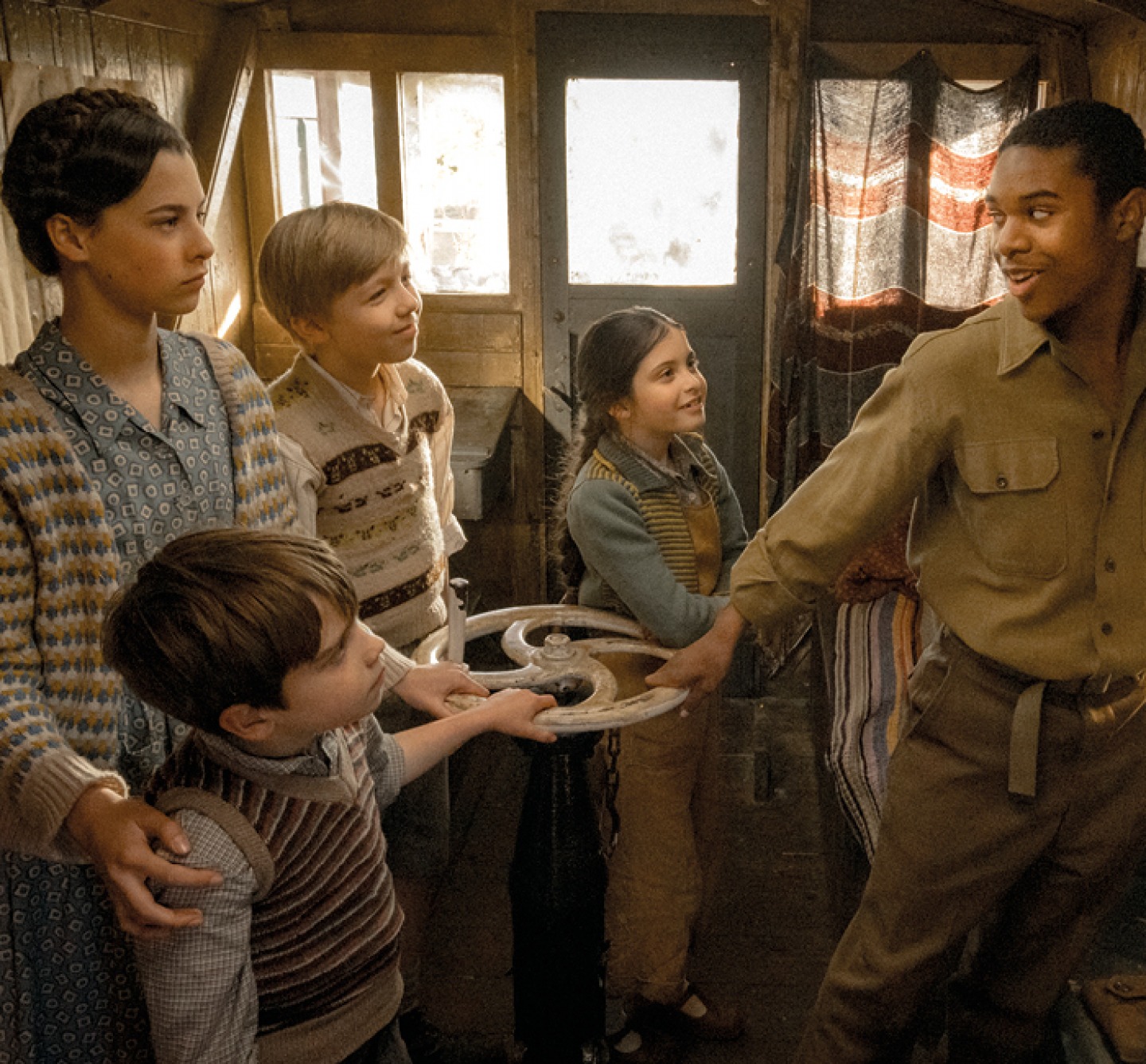
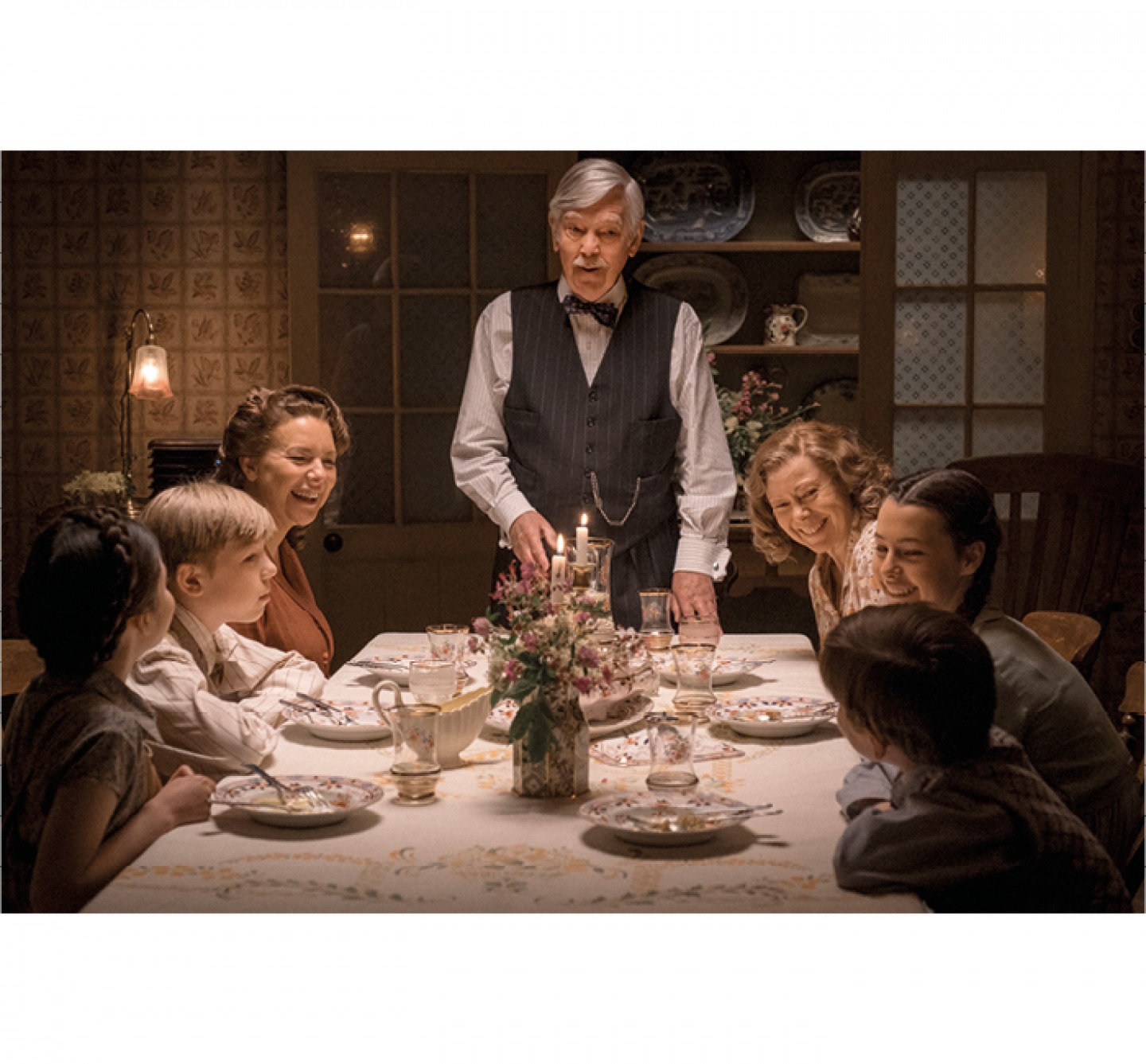
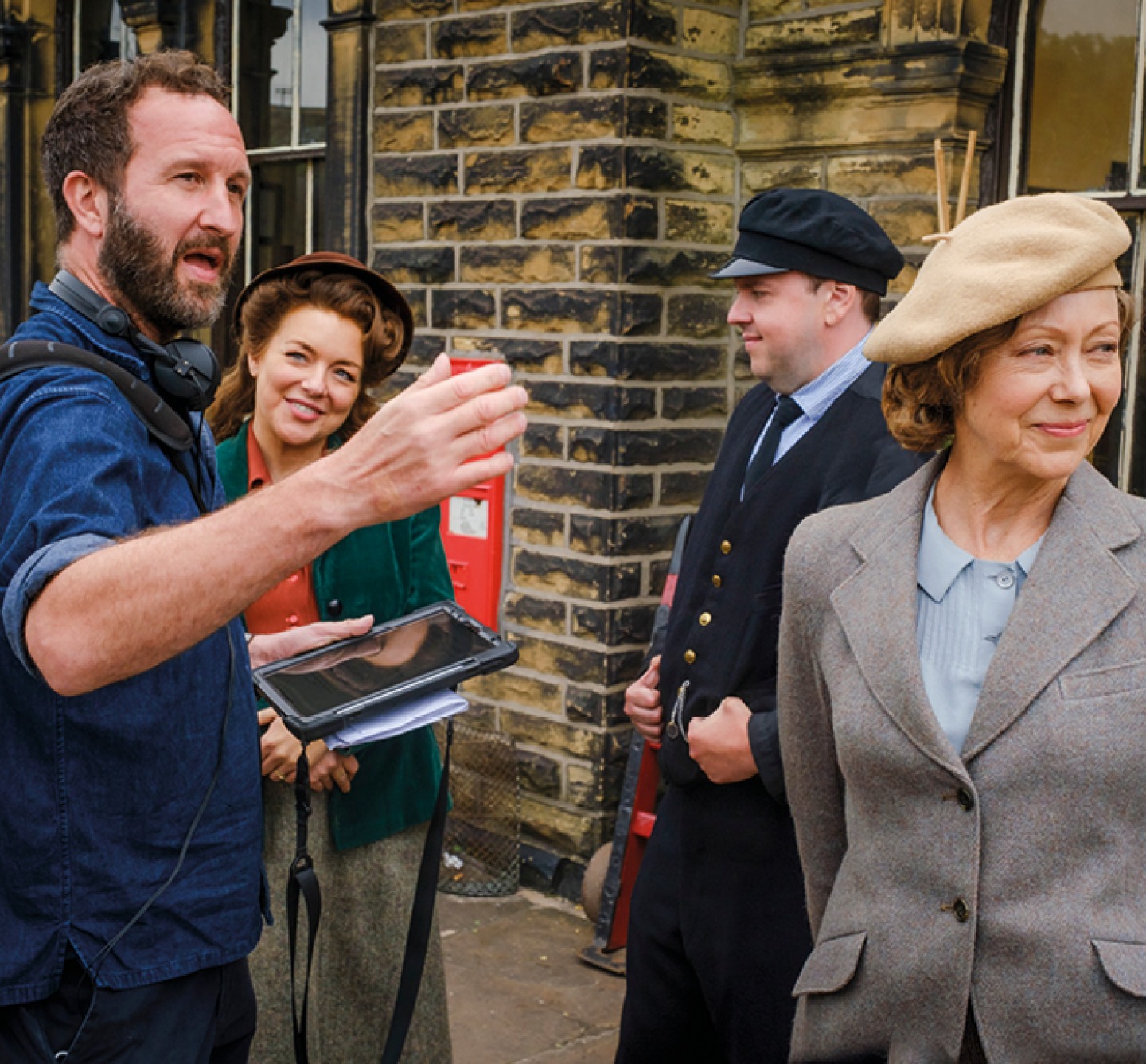
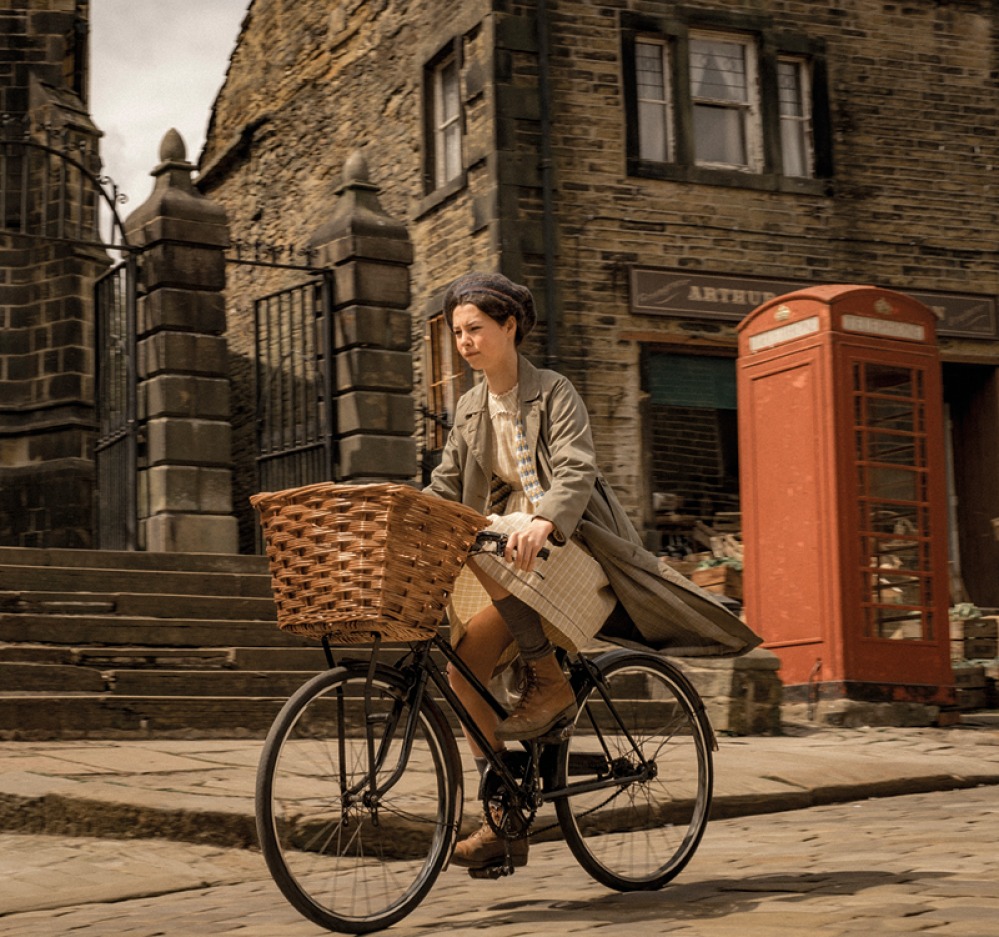
With the evacuees’ story in mind, Jemma started plotting her own tale. ‘I started thinking about how that would work, how old Bobbie would be (and where she would need to be in her life for Jenny to be playing her) and it all started to slot together,’ she says. ‘When I sat down and worked out the bones of the story, the two deal-breakers were Jenny and the Keighley & Worth Valley Railway. Without those two elements it wouldn’t have been worth going any further. I wrote the story and sent it to StudioCanal and they really liked it.’ But Jemma wanted Jenny’s seal of approval before going any further. ‘It was a very early conversation with her agent who said she gets approached about The Railway Children a lot, so not to get my hopes up too high. But luckily she read it really quickly and her agent came back and said that she thought it’s got real potential.’
The rest of cast slotted in around Jenny, as Jemma explains. ‘Sheridan [Smith] obviously is incredible. She’s so warm and it’s rare to see her doing a period thing like this. Her character Annie is Bobbie’s daughter, but she’s been brought up in Yorkshire, so she’s a little bit posher (but not as posh as Bobbie). We had a lot of conversations about what their accents would be. Bobbie, we decided, would have her natural Bobbie accent. Annie’s son Thomas is played by Austin [Haynes] and he is a proper Leeds boy. It was a really interesting part of the character development process.’
Casting director Kate Ringsell led an online hunt to find the perfect children to join the cast, as Covid meant physical auditions couldn’t take place. ‘The children’s performances were absolutely going to be pivotal to this film,’ Jemma adds. ‘If they weren’t right then, again, we wouldn’t go ahead; it wouldn’t work.
‘I was really keen for the children to be natural, mucky and naughty kids – sometimes you can see children’s performances and they’re a bit stagy. I wanted it to be the opposite to that – they’ll talk over each other and be a bit cheeky. I think Morgan [Matthews, the director] has done a great job of getting that natural performance out of them. When you cast a family, you normally put them in a room to see what they look like together. We only saw the three children physically together for the first time five days before we started filming. We were all relieved when we saw that they looked really good together. We have a treasure trove of British treasures.’
With casting sorted, the location was obvious. ‘Yorkshire is the heart of the film,’ Jemma explains. ‘I’m a Londoner naturally but I went to university in Leeds and fell in love with the countryside, then bought my house in Haworth which I had for a long time. I just loved the grittiness and the passion. Without Yorkshire, I wouldn’t have even sat down to write the script, to be honest, because the location really informed what I wrote. I absolutely love Haworth.’
Very few changes were made to Oakworth Station because it has hardly changed. ‘It was period correct,’ Jemma says. ‘We had to cover up a few signs, but apart from that it was pretty much there. We used trains that would have been of that period. Sadly we couldn’t afford to change the upholstery in the carriages (I’m sure the trainspotters will be all over us for that).’ There were discussions about using the Old Gentleman’s train, and the Green Dragon from the original film, but they’re too old now. But Jemma was introduced to what the Keighley & Worth Valley Railway call ‘Big Jim’ and she knew it was perfect.
‘We did quite a lot of work to the top of Haworth Main Street. We transformed a run of shops into a fish and chip shop and a green grocer but actually we did a lot more work in post-production to clean up various things that wouldn’t have been there. We also used The Brontë Parsonage. That was in the original film as the doctor’s house but it’s now Bobbie’s house. Our brilliant designer Jeff Tessler built all the interior rooms which are all sets. I felt confident setting the film in the 1940s because we had Jeff designing it and he’s absolutely an expert in period design. Our costume designer [Dinah Collin] is the same. Their expertise gave us the confidence to style it and although there might be a few things that aren’t entirely period correct we wanted them anyway, and they work within the film.’
Reflecting on her story, which is hitting cinema screens very soon, Jemma shares the themes that prove why The Railway Children is still so pertinent today. ‘The thing that’s really struck me as part of the adoption process is that children can be so incredible and resilient and courageous in ways that adults couldn’t even dream of being – yet these children are having to react and grow up too fast,’ she says. ‘The themes are very much about resilience, about children’s courage and also about finding family through friends. A family can be made from anyone, it doesn’t have to be blood. The structure of families now is so different to how it used to be; blended families are much more normal. The whole notion of this is incredibly contemporary and that was even before it began to have this painful resonance with what’s happening in Ukraine. You hope that in some way, watching a film like this shows you that even though these awful things happen in the world, there’s hope and things do get better. Human beings are extraordinarily resilient at adapting in situations, it’s just a shame they have to do it.’
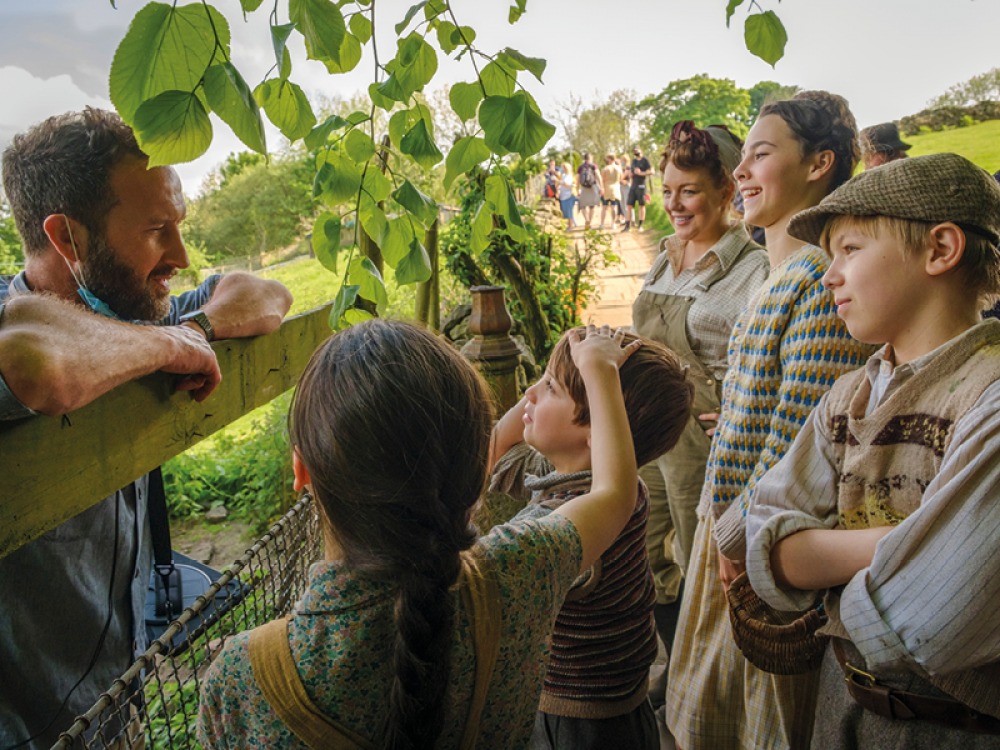
As part of her research for the story, Jemma came across the battle of Bamber Bridge which took place in Lancashire during World War II, sparked by the segregation in US armed forces. That inspired the story of Abe in the final screenplay. Jemma’s father’s family are originally from Jamaica and in 1943 her great uncle was both a conscientious objector and the travelling secretary for the League of Coloured Peoples, so she felt a strong connection to this part of history. ‘I found it so inspiring to see that kind of support for people they didn’t know, because Britain decided to do what was right,’ Jemma says. ‘This particular story is really powerful and inspirational and hasn’t really been seen – and I’m hoping the film will shine a light on this and other situations like this, when the British were so strong in the face of extraordinary situations. That became more relevant again during the making of the film because of the Black Lives Matter movement. The film, in many ways, became bizarrely more relevant as each month went by.’
Jemma is excited to see audiences’ reactions now the production is complete. ‘I have to be honest, I’m getting a little bit nervous now because we’re getting very close to the release date,’ she laughs. ‘It’s starting to feel a bit more real, but up until this point, because the whole story is very much inspired by my love of the original (but also by elements of my own life), it felt weirdly comfortable for me.
‘It was incredibly important to me to pay homage by putting in a few nods to the original film, but not so many that they’re distracting. People who have already watched the film have said they haven’t actually seen the original but this stands on its own as a story. But if you’ve seen the original, you’ll hopefully find a layer of emotional connection.’




